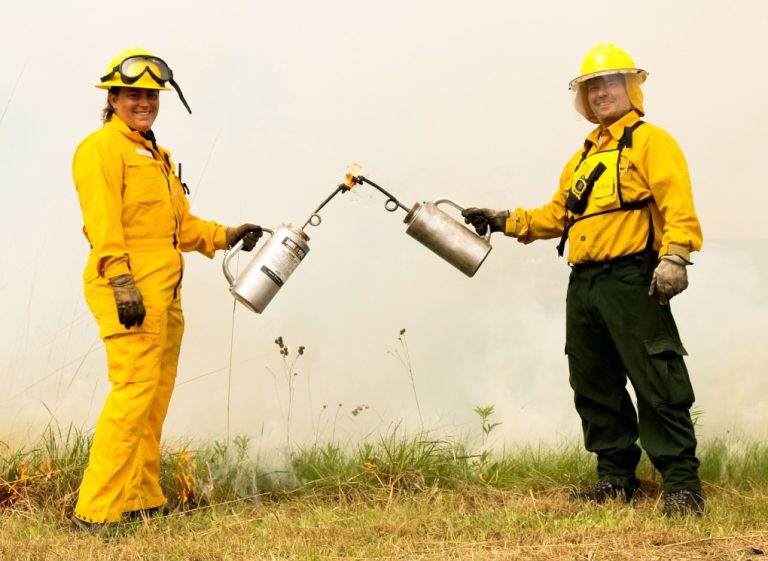Land stewardship
Where Conservation Meets Innovation
Environmental management
In addition to accelerating growth for second-stage entrepreneurs, the foundation has a mission of environmental stewardship, reflecting Ed Lowe’s great love the land.
Research at BRV
The foundation also makes Big Rock Valley available to academic researchers and environmental organizations to expand the knowledge base of conservation science.
BRV draws its name from the large number of boulders left by receding Ice Age glaciers. The property began with a 160-acre parcel that Ed Lowe purchased in 1964 and today comprises 2,000 acres of woodlands, farmlands, wetland and prairies.
Because of its different landscapes and ecosystems, BRV attracts a wide variety of flora and fauna. Indeed, species inventories show that BRV is home to more than 700 plant varieties, 100 bird species and 30 varieties of amphibians and reptiles. Nurturing these diverse native populations is one of our main priorities — with particular attention given to threatened and endangered species.
Acres of woodland
0
Acres of wetland
0
Acres of croplands
0
Acres of prairies
0
Acres of roads/buildings
0
Briefings from Big Rock Valley
Researchers from Grand Valley State University (GVSU) have been conducting a multi-year study to see...
In 2022 researchers Eastern Michigan University and Miami University launched a multiyear study at Big...
As part of the Edward Lowe Foundation’s conservation mission, we’ve been restoring areas of Big Rock...
Through a partnership with the Michigan Department of Natural Resources (MDNR), the Edward Lowe Foundation...
